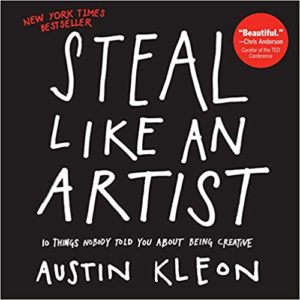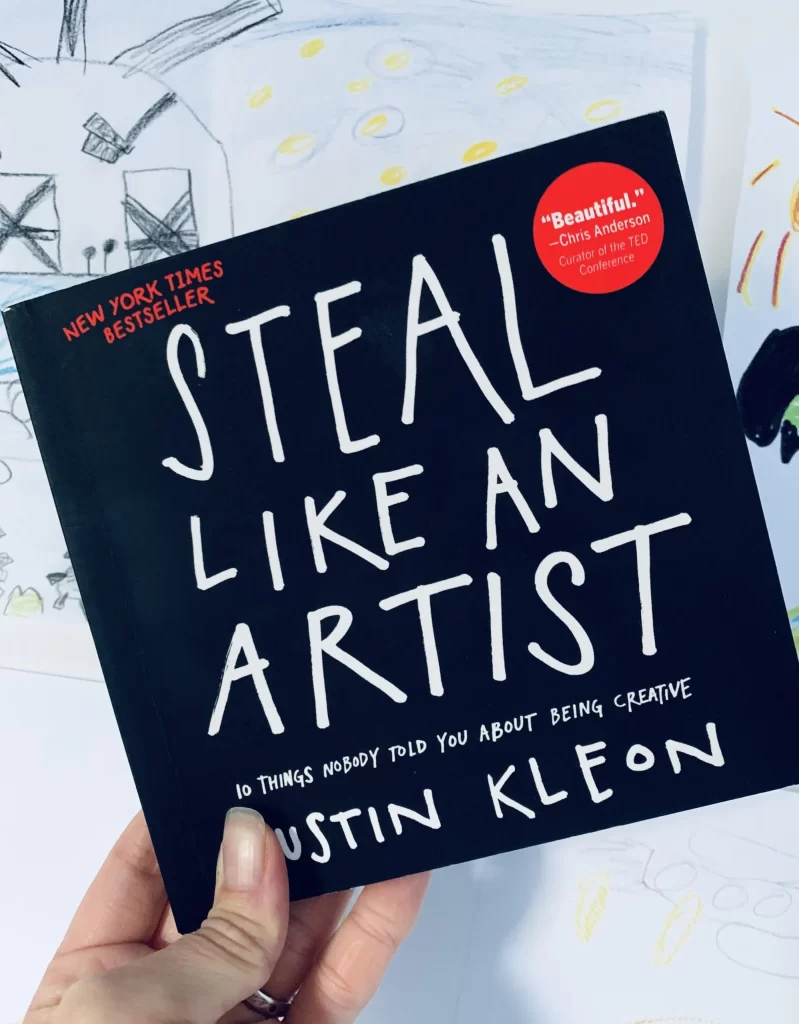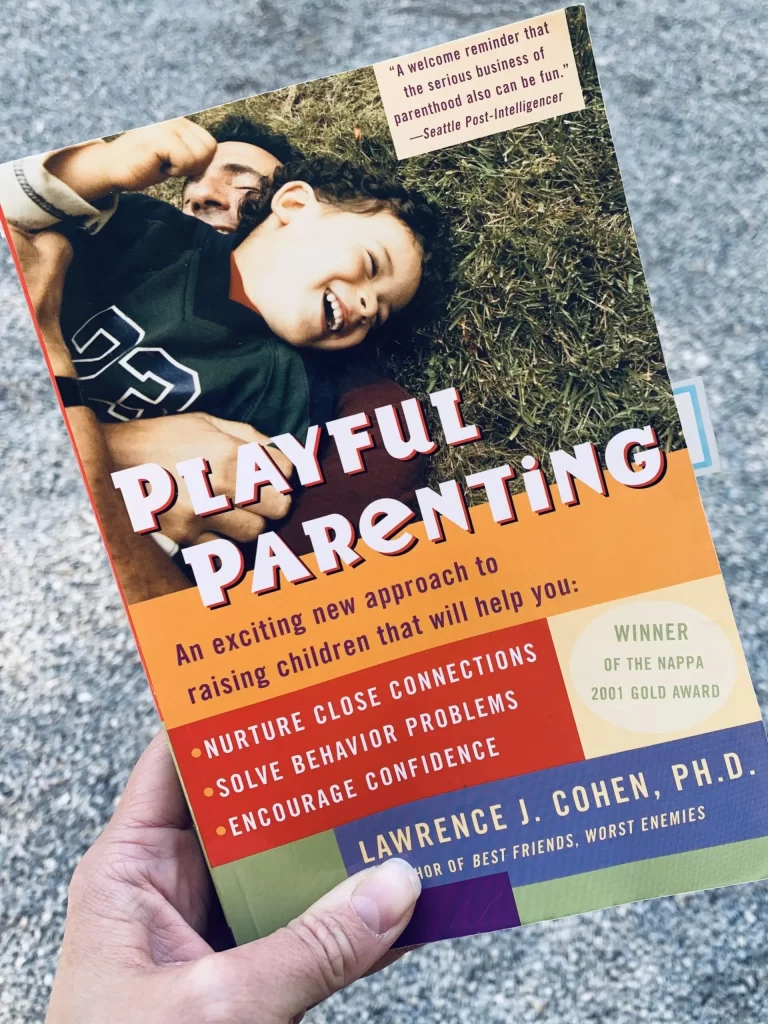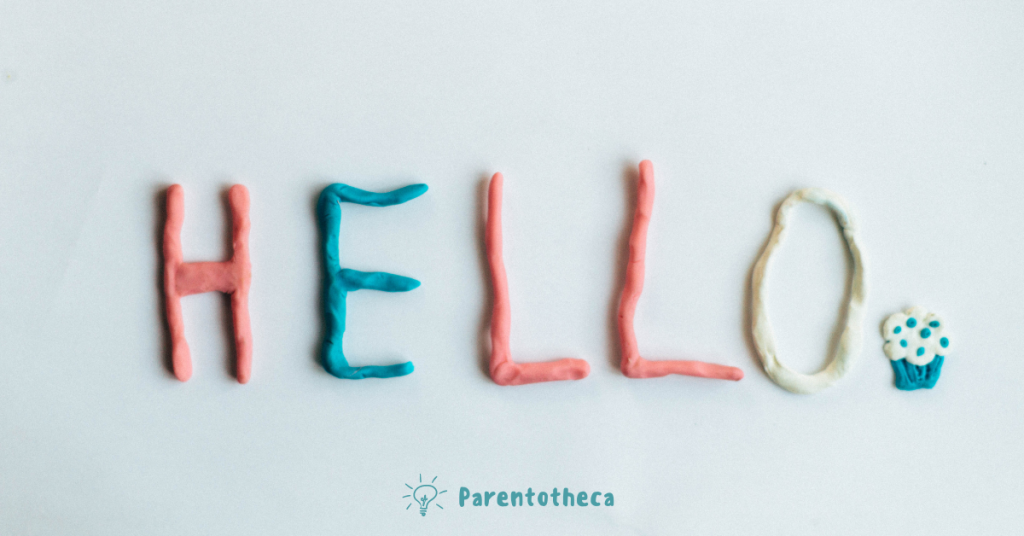 Steal like an artist. Book Summary
Steal like an artist. Book Summary
10 things nobody told you about being creative
Austin Kleon
Workman; 1st edition (1 April 2012)
About the author
Austin Kleon is a writer and artist living in Austin, Texas. He’s the author of two bestselling books: Steal Like an Artist, a manifesto for creativity in the digital age, and Newspaper Blackout, a collection of poetry made by redacting newspaper articles with a permanent marker. He speaks about creativity for organisations such as Pixar, Google, SXSW, TEDx, and The Economist.
About the book
“All advice is autobiographical.
It’s one of my theories that when people give you advice, they’re really just talking to themselves in the past.
This book is me talking to a previous version of myself.
These are things I’ve learned over almost a decade of trying to figure out how to make art, but a funny thing happened when I started sharing them with others—I realised that they aren’t just for artists. They’re for everyone.
These ideas apply to anyone who’s trying to inject some creativity into their life and their work. (That should describe all of us.)
In other words: This book is for you.
Whoever you are, whatever you make.
Let’s get started.”
If you want to bring more creativity into your work and life, this little book is for you!
It’s quick-reading, super inspiring and very creatively designed – boosts your creativity almost instantly ☺ No matter what you do (a stay at home mom, an artist or a CEO), you will definitely enjoy this beautiful book.
Steal like an artist is the first out of “10 things nobody told you about being creative,” and it pretty much reflects the book’s main idea – creativity is everywhere, it’s for everyone, and everyone can be creative. Let’s look at the other things we can do to fire up our and our kids’ creative spirit.
Key insights:
10 things nobody told you about being creative
“1. Steal like an artist.
2. Don’t wait until you know who you are to get started.
3. Write the book you want to read.
4. Use your hands.
5. Side projects and hobbies are important.
6. The secret: do good work and share it with people.
7. Geography is no longer our master.
8. Be nice. (The world is a small town.)
9. Be boring. (It’s the only way to get work done.)
10. Creativity is a subtraction.”
Those are Austin’s 10 tips on unlocking creativity. And every chapter in the book is dedicated to one of those things.
We’ll cover only a few ideas from the book in our notes, so definitely grab a book for more (it’s brilliant).
Start copying
“Nobody is born with a style or voice. We don’t come out of the womb knowing who we are. In the beginning, we learn by pretending to be our heroes. We learn by copying.
We’re talking about practice here, not plagiarism—plagiarism is trying to pass someone else’s work off as your own. Copying is about reverse-engineering. It’s like a mechanic taking apart a car to see how it works.
We learn to write by copying down the alphabet. Musicians learn to play by practicing scales. Painters learn to paint by reproducing masterpieces.
Remember: Even the Beatles started as a cover band.”
That’s liberating. Creativity is not about creating something out of nothing. It’s about copying what resonates with your creative ideas and then eventually developing the way to express yourself.
The whole point of copying is not, for example, to steal the style, but to steal the thinking behind this style. That’s the way you can understand that person’s view of the world. And then use it for your own creative work.
“So: copy your heroes. Examine where you fall short. What’s in there that makes you different? That’s what you should amplify and transform into your own work.”
Nothing comes out of nowhere. All creative work builds on something that someone already created. Find your way.
Just start making things
“If I’d waited to know who I was about before I started “being creative,” well, I’d still be sitting around trying to figure myself out instead of making things. In my experience, it’s in the act of making things and doing our work that we figure out who we are.
You’re ready. Start making stuff.
You might be scared to start. That’s natural. There’s this very real thing that runs rampant in educated people. It’s called “imposter syndrome”.”
Just do it ☺ Don’t wait for inspiration. Don’t wait till you get better at something. Just start making something. If you ask a creative person, they don’t know “where the good stuff comes from”. They show up every day and do their thing.
Here is another excellent idea from Austin on how to overcome your imposter syndrome – “fake it ’til you make it”:
“1. Pretend to be something you’re not until you are – fake it until you’re successful, until everybody sees you the way you want them to; or
2. Pretend to be making something until you actually make something.”
See your (creative) life as a theatre – stage your studio, desk, or workstation. Let your creative alter ego be at the stage. And start pretending you are someone you want to become eventually.
Step away from the screen
“The computer is really good for editing your ideas, and it’s really good for getting your ideas ready for publishing out into the world, but it’s not really good for generating ideas. There are too many opportunities to hit the delete key. The computer brings out the uptight perfectionist in us – we start editing ideas before we have them.”
Even though the Internet can be a great place to grab some ideas, the best creative work comes when we step away from the screen. And actually, research supports this– we think better, and we come up with creative solutions when we are moving. The motion kickstarts our brain into thinking.
So find a way to use more “analog” tools in your creative work that engage as many senses as possible. For example, shuffle around “post it” notes with your ideas, print out your text for editing on paper, sketch in your notebook, etc. That’s the form of creative play.
Austin also shares his life hack for creative work: he has two workstations – one is “digital” (laptop, monitor, scanner, drawing tablet – these are the tools he uses to edit and publish his work), and another one is “analog” (no electronics: just markers, pens, pencils, paper, etc. – the tools for literally creating stuff).
Question for you: which “analog” tools can you use in your creative work? And if your child is involved in a creative project, how can you help them engage more senses?
At our home, we have a “creative station” for children, where they have all the craft tools and materials in one place available at any time.
Be boring to unlock your creativity.
“I’m a boring guy with a nine-to-five job who lives in a quiet neighborhood with his wife and his dog. That whole romantic image of the creative genius doing drugs and running around and sleeping with everyone is played out. It’s for the superhuman and the people who want to die young. The thing is: It takes a lot of energy to be creative. You don’t have that energy if you waste it on other stuff.”
Be a boring guy in everyday life to boost your creativity ☺ Take care of yourself – eat nutritious food, exercise, spend some time in nature, get plenty of sleep – so you could show up every day and really focus energy on your creative work.
Creating something takes a lot of brainpower. And for that, you need to be in good physical and psychological shape.
Question for you – how can you make your life more boring to unlock your creative energy?
P.S.: Same with kids. If we want to help them develop their creativity, it’s important to establish a routine in the first place. Once their energy is optimised, they can start building up their creativity.
Show up every day
“Amassing a body of work or building a career is a lot about the slow accumulation of little bits of effort over time. Writing a page each day doesn’t seem like much, but do it for 365 days and you have enough to fill a novel.”
Creativity is all about showing up every day. Moment to moment. Some people may complain that they don’t have enough time to dedicate to their creative projects. But the whole point, Austin says, is not to have MORE TIME, but to ESTABLISH and KEEP THE ROUTINE.
Focus not on your final goal (e.g. writing a book) but on the process (e.g. writing one page every day). As Darren Hardy writes in his book The Compound Effect (check out out notes):
“Of all the high-achievers and business owners I’ve worked with, I’ve seen that, along with good habits, each has developed routines for accomplishing necessary daily disciplines. It’s the only way any of us can predictably regulate our behavior. There simply isn’t any way around it. A daily routine built on good habits and disciplines separates the most successful among us from everyone else. A routine is exceptionally powerful.”
How to build a routine? Austin shares a simple tip – get yourself a calendar! It helps you plan your work, gives you concrete goals and keeps you on track. In a nutshell, the calendar can help to build a system for achieving your creative goals. And as James Clear writes in his brilliant book Atomic Habits (check out our notes):
“The purpose of setting goals is to win the game. The purpose of building systems is to continue playing the game. True long-term thinking is goal-less thinking. It is not about any single accomplishment. It is about cycle of endless refinement and continuous improvement. Ultimately, it is your commitment to the process that will determine your progress.”
Start your logbook
“Just as you need a chart of future events, you also need a chart of past events. A logbook isn’t necessary a diary or a journal, it’s just a little book in which you list the things you do every day. What project you worked on, where you went to lunch, what movie you saw. It’s much easier than keeping a detailed diary, and you’d be amazed how helpful having a daily record like this can be, especially over several years. The small details will help you remember the big details.”
Journaling is one of the best tools you can use to boost your creativity and improve your well-being in general.
Write down whatever happened to you that day, doodle, share your feelings. Consider focusing on logging “what-went-well” during the day and why – Dr Seligman suggests it’s one of the most powerful things you can do to improve your well-being (check out our notes on his great book Flourish).
Btw, Albert Einstein, Marie Curie, Frida Kahlo, Leonardo DaVinci and many other scientific and creative geniuses kept a journal. Try it ☺
P.S.: check out our notes on How to Think Like Leonardo DaVinci by Michael Gelb
Choose what to live out.
“In this age of information abundance and overload, those who get ahead will be the folks who figure out what to leave out, so they can concentrate on what’s really important to them. Nothing is more paralysing than the idea of limitless possibilities. The idea that you can do anything is absolutely terrifying.
The way to get over creative block is to simply place some constraints on yourself. It seems contradictory, but when it comes to creative work, limitations mean freedom.”
Having too much choice can drive you nuts. So constraints are good when it comes to creative work (and generally in life).
You can only write when your baby is asleep? Do that. Don’t have a professional camera/light to film a YouTube video? Shoot it with your phone.
“Don’t make excuses for not working – make things with the time, space, and materials you have, right now.”
Austin shares a fantastic example of how the right constrains can lead to the best work:
“Dr. Seuss wrote The Cat in the Hat with only 236 different words, so his editor bet him he couldn’t write a book with only 50 different words. Dr. Seuss came back and won the bet with Green Eggs and Ham, one of the bestselling children’s books of all time.”
Very inspiring. So embrace your limitations and keep moving.
Action steps for you:
1) “Start your swipe file” – create a place where you collect all the interesting ideas from people you admire. Digital or analog – whatever is more convenient for you.
2) “Share your ideas” – start a blog and start sharing your thoughts and ideas with the world.
3) “Get yourself a calendar” – create a system that will help you setting goals and tracking progress.
Quotes from the book:









